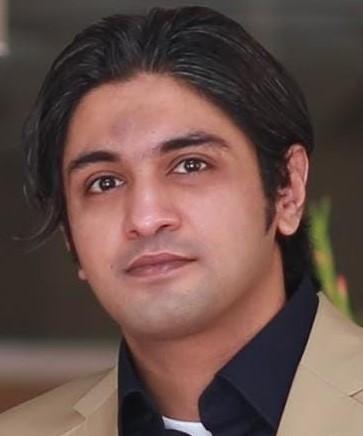
A study of non-static planar and cylindrical perfect fluid spacetimes in f(R,T) gravity
Abstract:
Einstein's well-known theory for gravitation, General Relativity (GR), has been studied extensively over the course of decades. Its remarkable success up to the distance scale of the solar system makes it the most reliable description of gravity found so far. However, problems seem to surface upon increasing the distance scale beyond that of the solar system. In particular, GR falls short of explaining the galactic rotation curves. It also fails to provide cosmological models that achieve accelerated expansion in conformance with observations. The conclusion is that an accurate description of gravity is still lacking on the very large distance scale.
Two approaches to resolving this issue have surfaced over the course of years. One of them, the Lambda-CDM paradigm, is an attempt to fix the gravity rule by fixing the matter content of the universe. The other thrives upon a geometric interpretation of this effect. This latter approach formulates the essence of Modified Gravity. Numerous variants of Einstein's theory have been considered, inclusive of the equivalent Teleparallel formulation of GR and its variations, all of which thrive on torsion. The focus of this dissertation however, is a theory that relies on curvature: the f(R,T) theory. Here R is the scalar curvature of the spacetime and T is the trace of the stress tensor. The function f(R,T) is taken to be the vacuum action for gravity and a variational procedure yields the modified equations for gravity.
In our work, we have assumed a polynomial gravity model and analyzed non-static spacetime geometries in the presence of a perfect fluid, under the assumption of planar and cylindrical symmetry. Such geometries are important both from astrophysical and cosmological viewpoints. Solutions to the modified gravity equations have been developed via algebraic classifications for the spacetimes. The spacetime metrics, fluid parameters and gravity models have all been nailed down in the process of solving the field equations. For the ensuing spacetimes, we have carried out a detailed study of the conformal symmetries.
In summary, this dissertation achieves the development of exact solutions to the field equations for f(R,T) gravity, and a subsequent study of the obtained spacetimes from the viewpoint of geometry.

